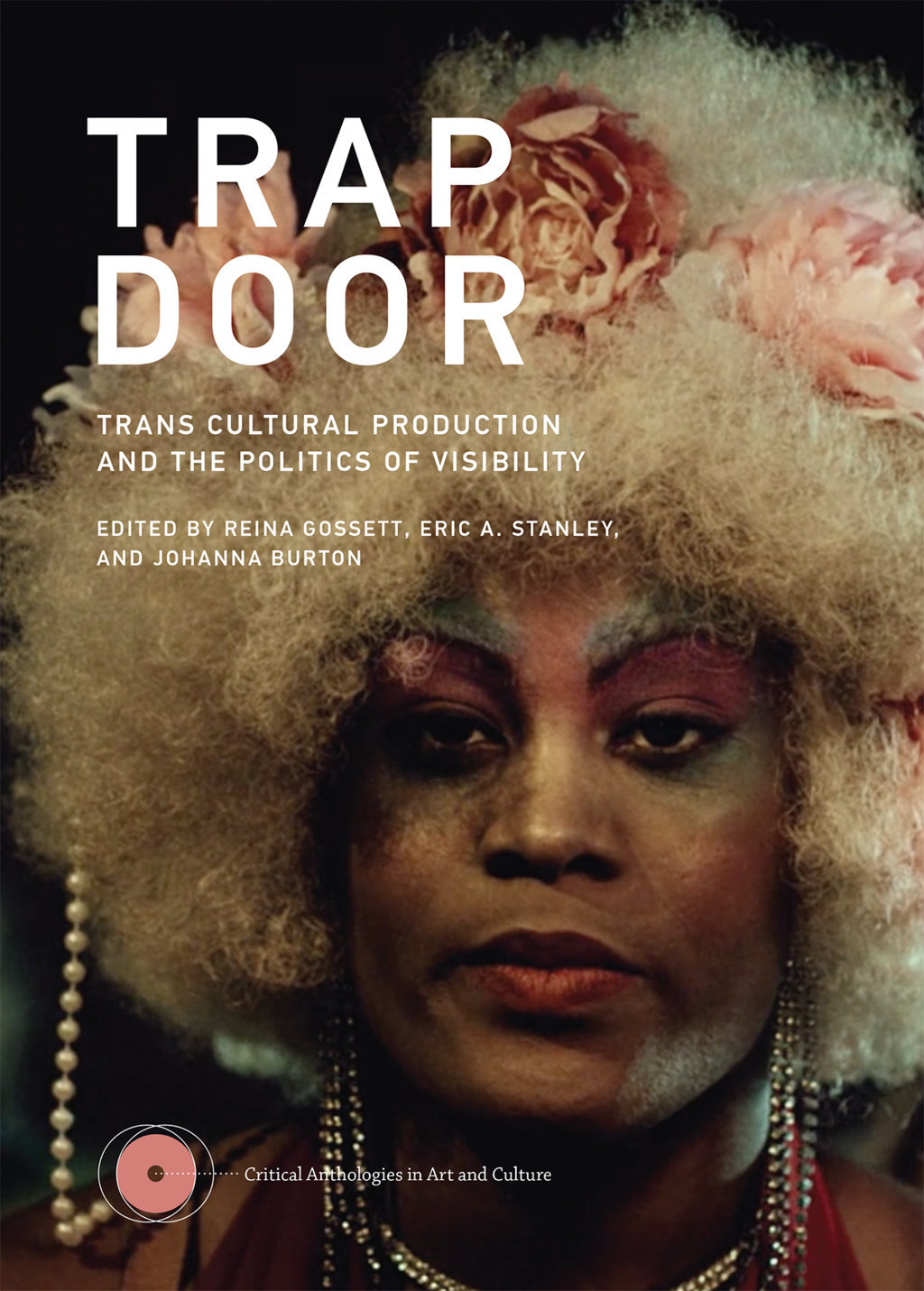
Trap Door, throws light on Trans Representation and Anti-trans Violence
by Yash Saboo January 26 2018, 2:09 pm Estimated Reading Time: 3 mins, 1 secThe increasing representation of trans identity throughout art and popular culture in recent years has been nothing if not paradoxical. Trans visibility is touted as a sign of a liberal society, but it has coincided with a political moment marked both by heightened violence against trans people (especially trans women of colour) and by the suppression of trans rights under civil law.
Eric A. Stanley, an assistant professor in the Department of Gender and Sexuality Studies, recently served as co-editor of “Trap Door: Cultural Production and the Politics of Visibility,” an anthology of essays, conversations, and dossiers that explores the double-edged sword of contemporary transgender visibility.

Source :The MIT Press
Published in December 2017 by the MIT Press, “Trap Door” is the third instalment in the New York-based New Museum’s Critical Anthologies in Art and Culture series and functions as a companion piece to the museum’s acclaimed multimedia exhibition “Trigger: Gender as a Tool and a Weapon,” for which Stanley was an advisor.
The collection features dossiers, essays, and conversations about topics such as beauty, performativity, activism, and police brutality. Pieces from contributors such as Chris E. Vargas, Sara Ahmed, Mel Y. Chang, Micha Cardenas, Grace Dunham, Tavia Nyong’o, Roy Pérez, Kalaniopua Young, and Constantina Zavistanos, and more are included in Trap Door.
“In today’s complex cultural landscape, trans people are offered many “doors”—entrances to visibility, to resources, to recognition, and to understanding. Yet…these doors are almost always also “traps”—accommodating trans bodies, histories, and culture only insofar as they can be forced to hew to hegemonic modalities,” the editors write in their introduction. “Yet, in addition to doors that are always already traps, there are trapdoors, those clever contraptions that are not entrances or exits but secret passageways that take you someplace else, often someplace as yet unknown.”
Working alongside co-editors Reina Gossett, an activist and filmmaker best known for the short film “Happy Birthday, Marsha!” (2017), and Johanna Burton, the museum’s director and curator of education and public engagement, Stanley helped source original writing and transcripts from more than 30 contributors. Their submissions blend elements of art, commentary, and history, weaving a tapestry that assesses the growing visibility of trans communities at a time when trans people are highly susceptible to both heightened violence and the active suppression of their rights under civil law.
Does representation necessarily produce material change? The book asks its reader this question. Or perhaps more precisely: What is the relationship between representation and the contours of the social world?” Stanley said.
With that in mind, the team focused on highlighting multiple tools of cultural production, ranging from pieces more closely associated with traditional fine art to activist flyers, fashion, and protest banners — part of an effort “to gather up an unruly collection of artists, writers, activists, agitators, and otherwise radical instigators,” according to Stanley. An essay by Grace Dunham about the evolution of trans resistance movements, for example, begins with a discussion of the photographer Alvin Baltrop’s 1970s and ’80s images of queer life at New York’s West Side Piers, and ends with a selection of hand-drawn posters.
“It was a really great process working with Reina and Johanna,” Stanley added of assembling the 400-plus-page tome. “Our collective energy, love for aesthetics, and commitment to the process allowed me to learn so much about the kinds of work people are making.”





-173X130.jpg)
-173X130.jpg)
-173X130.jpg)
-173X130.jpg)

_(7)-173X130.jpg)
-173X130.jpg)